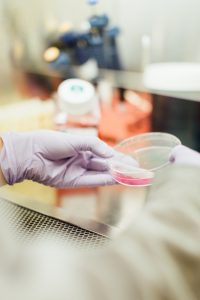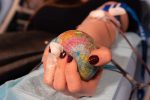A phlebotomist’s job is to draw blood, i.e., collect blood samples using collection tubes in a specific order when performing venipuncture while at the same time paying attention to avoid cross-contamination of the various additives between the tubes.
This procedure is known as an order of draw. Now we can go to the most crucial question:
Why Is the Order of Draw That Essential?
In fact, the order of draw guarantees that the patient’s results will be returned accurately and will result in proper diagnosis and treatment.
In fact, by following the correct tube collection procedure, you will provide a safer, more comfortable experience for your patient, which is always a priority when drawing blood.
We’ve singled out the important reasons why the order of draw is essential, including:
- It decreases the time it takes to perform the procedure
- It avoids complications for the patient
- It can prevent cross-contamination of additives between blood collection tubes
- It reduces the patient’s discomfort
- It avoids possible patient complications
- Due to the enormous number of blood collection tubes at the top, it can often be challenging to remember the correct order.
- Therefore, this guide, which results from our team’s exceptional research, will show that by composing a single chart, mnemonic, or an infographic, you can easily remember the proper order.
| Blood Draw Order | Tube Color | Name/Additive | # of Inversions |
| 1 | Varies | Blood Cultures | 8 – 10 |
| 2 | Light Blue | Sodium Citrate | 3 – 4 |
| 3 | Red | Clot Activator | 4 – 5 |
| 4 | Gold | SST (Serum Separator Tube) | 4 – 5 |
| 5 | Light Green | Lithium Heparin | 8 – 10 |
| 6 | Dark Green | Sodium Heparin | 8 – 10 |
| 7 | Lavender | EDTA | 8 – 10 |
| 8 | Gray | Sodium Fluoride / Potassium Oxalate | 8 – 10 |
What Are Inversions?
A phlebotomist flips each blood sample by turning the tube vertically 180 degrees.
The infographic below shows what a complete inversion is.
These inversions are necessary to mix the blood sample with each tube’s addition to ensure that there is no cross-contamination between the tubes.
Therefore, cross-contamination of additives may result in misdiagnosis or mistreatment of the patient.
This page is also available in Spanish.










